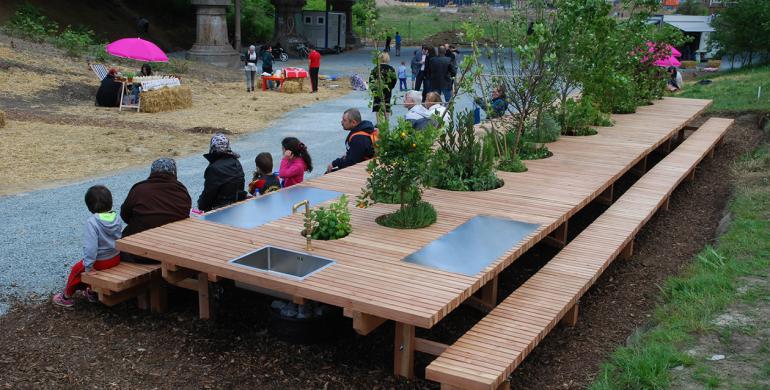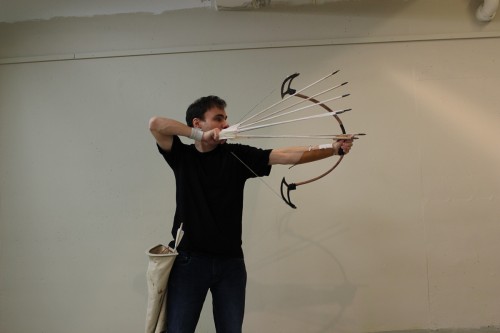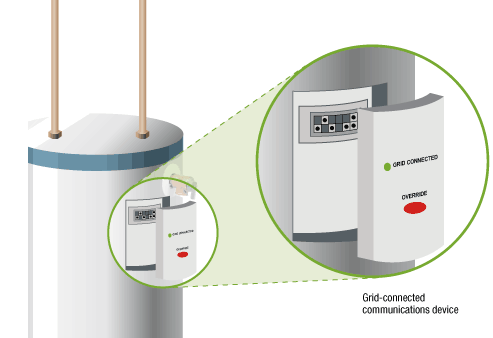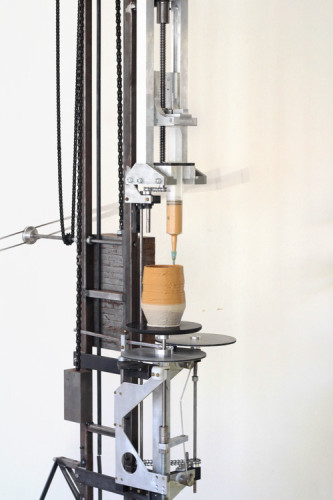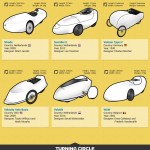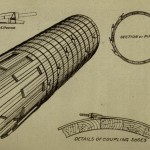The Landscape Table is a platform for cultivating, processing, cooking and sharing the food at the centre of the FARMPARCK in Brussels, Belgium. Thanks to the edible and medicinal plants inserted into the table itself, the installation invites the public to meet and eat in direct contact with a landscape that is a bounty for the senses – sight, smell, touch and, above all, taste. The essence of this project is to involve the visitor in the landscape, farming, nature and cooking through shared moments.
FARMPARCK puts to the test a new model for a public space combining the characteristics of a park and farmland, where food is grown, cooked and eaten by the neighbours. There is a vegetable garden, an animal farm, a kitchen, and a compost toilet which is to transform the park’s organic waste into “terra-preta” (black earth, a rich and fertile soil) for the park and the surrounding area. FARMPARCK, which happens in a multicultural neighbourhood, meets both social and ecological needs. It was set up as a prototype from May to September 2014, but continues to be active today. Picture: Eric Dil.
